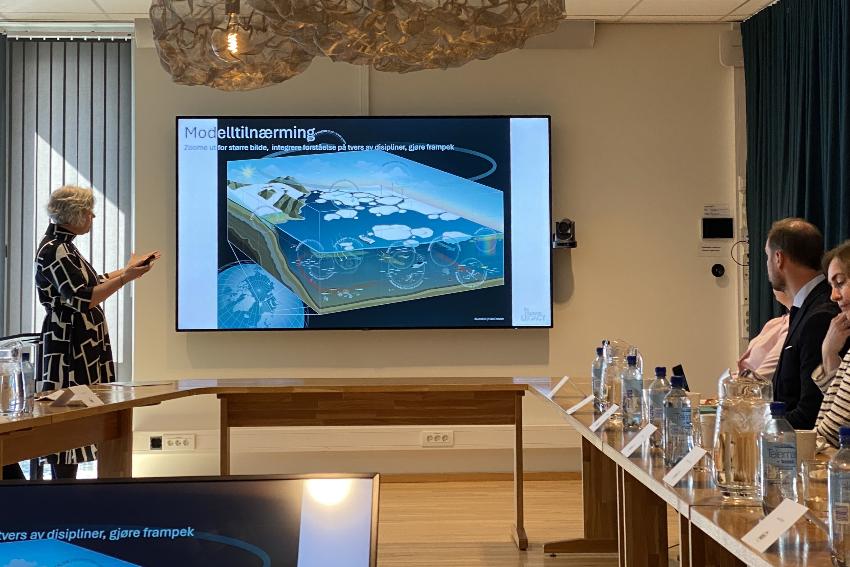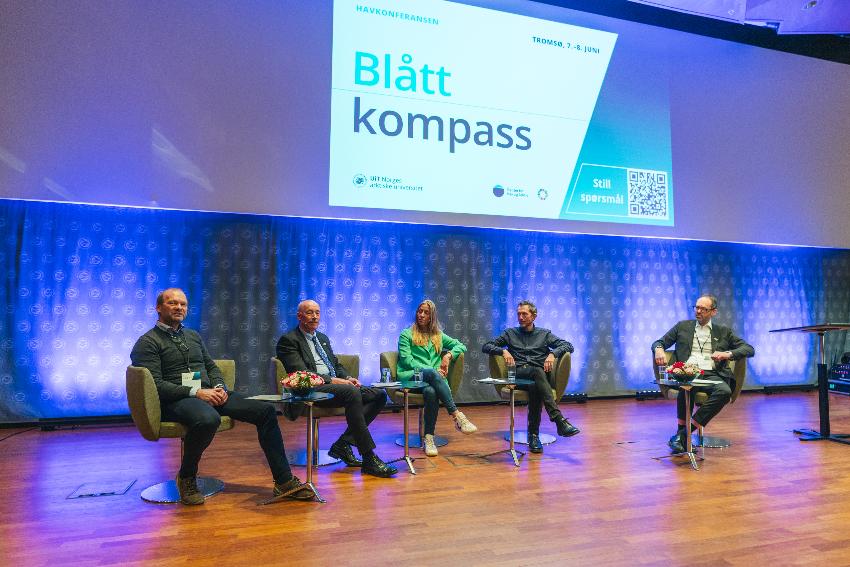Market microstructure and asset pricing
This thesis based on the project in which the Business and Economics School has data from the Oslo stock market. The dataset includes intraday data for 150 companies listed during the period of 2003 - 2010.
The thesis answers the below questions:
1) Which risk is more important in high frequency trading: systematic or idiosyncratic risk?
2) Does the quoted volume imbalance affect spread?
3) How can liquidity providers protect themselves against private information in the market?
In the thesis, intraday data from Oslo stock market is used to analyze the relationship between asset pricing and microstructure variables. The methods applied are the panel data analysis, and the Generalized method of moments (GMM ).
The thesis includes three papers. The first paper answers the first question listed in part 3. The empirical results of it suggest that idiosyncratic risk plays a more important role than systematic risk in high frequency trading.
The second paper answers the question 2. The results of this research show that one can base on the quoted volume imbalance to see the movement of spread if the imbalance is big enough and how much liquidity stock is.
The third paper answers the question 3. The results of it show that if liquidity providers see the probability of private information in the market, they tend to raise spread to protect themselves. This means that they increase prices if there is excess demand.
What can drive asset prices in the financial market? And how can we predict asset prices? And how information follows in the financial market? Finding the relationship between different factors or between different variables could help to answer these questions. First, links between asset pricing models and other market microstructure variables can be suggested for investigating sources to explain asset prices. Second, rapid changes in the microstructure of the financial market in which investors can trade with high frequency have provided a platform for researchers to examine the relationship between microstructure variables in high frequency trading. Therefore, this dissertation first links two theories, asset pricing and market microstructure, and then focuses on the market microstructure area.
In the first paper, the relationship between returns, risk and liquidity in high frequency trading is investigated. The results of this research mainly suggest that in high frequency trading idiosyncratic risk plays a more important role than systematic risk in asset pricing. In addition, liquidity has a higher effect on idiosyncratic risk than systematic risk. In the second paper, the relationship between the spread and the quoted volume imbalance is investigated. The results suggest that for liquidity samples the relationship is negative if the imbalance is higher than 1, and positive if the imbalance is lower than -1. This means that if the imbalance is high enough, it makes changes to the spread. For low liquidity samples, there is no obvious relationship between them. In the third paper, we investigate whether asymmetric information appearing in the financial market affects the order imbalance reversal effect; the main results suggest that it does. The results of this paper also show that liquidity providers protect themselves against private information by raising spread.
Bedømmelseskomité
- Professor Jörgen Hellström, Handelshøgskolen, Umeå Universitet, Sverige (1. opponent)
- Førsteamanuensis Thomas Leirvik, Handelshøgskolen, Nord Universitet (2. opponent)
- Førsteamanuensis Andrea Mannberg, HHT (internt medlem og leder av komiteen)
Personlig
Name: Minh Thi Hong Dinh
Date of birth: 26/10/1975
Place of birth: Viet Nam
Education:
Bachelor in economics in Viet nam
Master in Global Banking and Finance (MBA) at Birmingham Business School, in UK
PhD in Business Administration at UiT
Institusjon/institutt: Business and Economics School, UiT
Telefonnummer/mobilnummer: 48331109
E-postadresse: minh.t.dinh@uit.no



